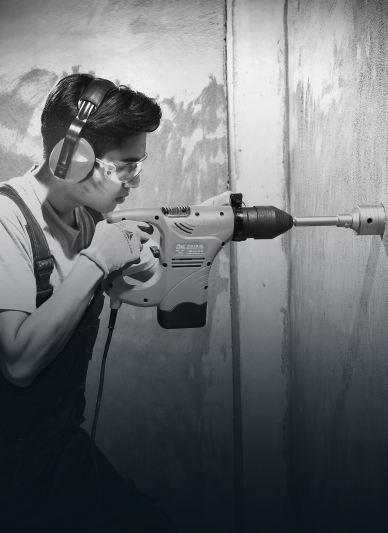A Steel Chisel is one of the widely used hand tools in workshops, construction sites, and home improvement projects. Whether shaping metal, cutting stone, or carving wood, this tool provides control and precision that machines sometimes cannot. However, like any tool, using a Steel Chisel requires understanding proper techniques and prioritizing safety to achieve the ideal results without unnecessary risks.
The step to using a Steel Chisel effectively is selecting the appropriate type for the job. There are different kinds of Chisel designs available, each suited for specific materials and applications. For instance, a cold Chisel is used for cutting metal, while a wood Chisel has a thinner, sharper blade for carving timber. Choosing the correct tool ensures smoother cuts and reduces wear on the chisel’s edge.
Before starting any project with a Steel Chisel, it’s essential to inspect the tool’s condition. Look for signs of damage like a mushroomed head, cracks in the handle, or a dull cutting edge. A well-maintained Chisel not only produces cleaner cuts but also reduces the risk of accidents caused by tool failure. Regular sharpening and cleaning help maintain the tool’s performance over time.
Proper grip and positioning are crucial when using a Chisel. Always hold the handle firmly with one hand, keeping fingers away from the striking end. The chisel’s bevel should face the material you intend to remove, while the flat side supports precise guidance. By adjusting the chisel’s angle, you can control the depth and direction of each cut.
When working with a Steel Chisel, it’s recommended to use a hammer or mallet appropriate for the material and chisel type. A metalworking Chisel typically requires a ball-peen hammer, while a wood Chisel pairs better with a wooden mallet. Using the correct striking tool improves control and reduces wear on both tools.
Safety precautions are essential while working with a Steel Chisel. Wearing safety goggles protects your eyes from flying debris, especially when cutting metal or stone. Gloves can safeguard hands from sharp edges and accidental slips. It’s also wise to keep the workpiece securely clamped or held in a vice to prevent movement during chiseling.
One effective technique when using a Steel Chisel is scoring the material with light, shallow strikes before making deeper cuts. This method outlines the area to be removed and prevents unwanted cracking or splitting. Gradually increasing the pressure allows for a clean, controlled cut, particularly when working with brittle materials like stone or concrete.
Maintaining the cutting edge of a Chisel is equally important for safe and efficient use. A dull chisel demands more force, increasing the chance of slips and inaccurate cuts. Regular honing with a sharpening stone or file keeps the edge sharp and ready for use. After sharpening, lightly oiling the metal can help prevent rust and prolong the tool’s life.
Storage plays a role in preserving the quality of a Steel Chisel. Storing chisels in a dry, organized toolbox or rack keeps them protected from moisture and accidental damage. Ensuring blades don’t contact other tools helps maintain sharp edges and reduces the risk of injury when reaching for tools in a crowded space.
Another useful practice is marking your workpiece before using a Steel Chisel. Drawing lines or using a marking gauge provides a clear guide for each cut, enhancing precision and reducing material waste. This step is especially beneficial when making detailed cuts or working on visible surfaces where accuracy matters.
When removing larger sections of material, it’s advisable to work progressively with a Chisel. Removing small amounts at a time prevents over-cutting and keeps the chisel under control. This gradual approach ensures smoother finishes and reduces the strain placed on the tool and the operator.
Avoid striking a Steel Chisel at sharp angles or with excessive force, as this can damage both the tool and the workpiece. Instead, controlled, consistent strikes achieve better results and reduce the risk of tool failure. Paying attention to the sound and feel of each cut can help determine if adjustments to technique or tool position are necessary.







